The Science of Extraction
At Valens, we believe that the future of cannabis is in extraction. It is the backbone of our company, and for us, it’s personal. Extraction is a pivotal step in removing the social stigma of cannabis, and it is simultaneously allowing medical marijuana to transcend the boundaries of modern medicine. But why extract? Why not simply utilize the plant in its native state, straight from the source?
In this article, we’ll take a deeper look at the chemistry of cannabis and its numerous compounds. We’ll highlight the need for extraction, and look at the processes surrounding it. Lastly, we’ll discover how Valens is doing things differently, and staying at the forefront of extraction technology and innovation.
Why Extraction?
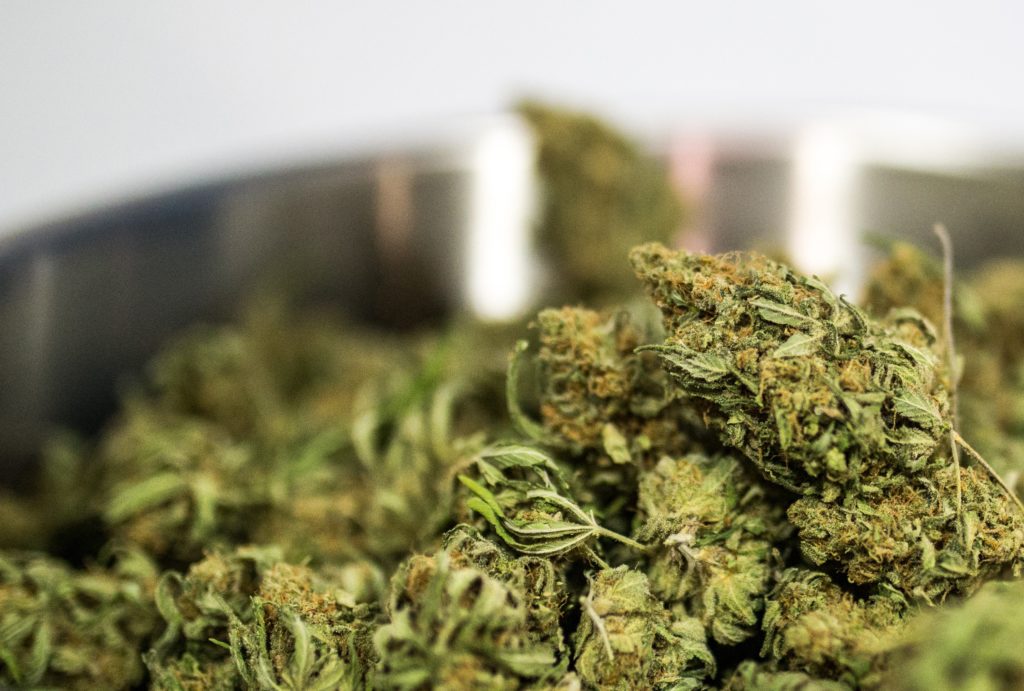
Collecting Cannabinoids
Most people are familiar with THC (Δ9-tetrahydrocannabinol), and now thanks to popular demand, CBD (cannabidiol). What many people aren’t aware of though, is the extreme diversity of cannabinoids present in cannabis. THC and CBD are only two of the 100+ cannabinoids that we are currently aware of, with many more anticipated discoveries in the future. As consistency is key in consumer products, extracting select cannabinoids in exact concentrations allows users to curate their own, trusted cannabis experience.
Targeting Terpenes
Cannabis also contains 140+ different terpenes, aromatic compounds best-known for giving cannabis its distinctive fragrances and flavours. Limonene, for example, is a terpene that provides a fresh, citrus flavour. Pinene, as its name suggests, is reminiscent of a pine forest. Each terpene is unique in fragrance and flavour, and also in overall experience enhancement. Terpenes are currently gaining a lot of attention for their potential therapeutic effects, but also rely on extraction for isolation.
Activating the Compounds
The methods needed to extract bioactive compounds from the plant depend on product goals. Cannabis in its native plant state contains very little THC, which is to date the only psychoactive cannabinoid derived from the plant. For THC to become available, heat must be applied to convert the non-psychoactive THC-a (tetrahydrocannabinolic acid) into its mind-altering form. Something as simple as lighting a joint ignites this chemical reaction, restructuring the plant compounds into something completely different.
Mind the Heat
Heat is a great way to increase the bioavailability of certain compounds in cannabis; however, it does not give us the ability to select which compounds we want to activate. Heat can also damage the more fragile components of cannabis, like monoterpenes, reducing their natural therapeutic potential. Extraction allows for temperature regulation, allowing precise control in product complexity.
Creating the Greater Whole
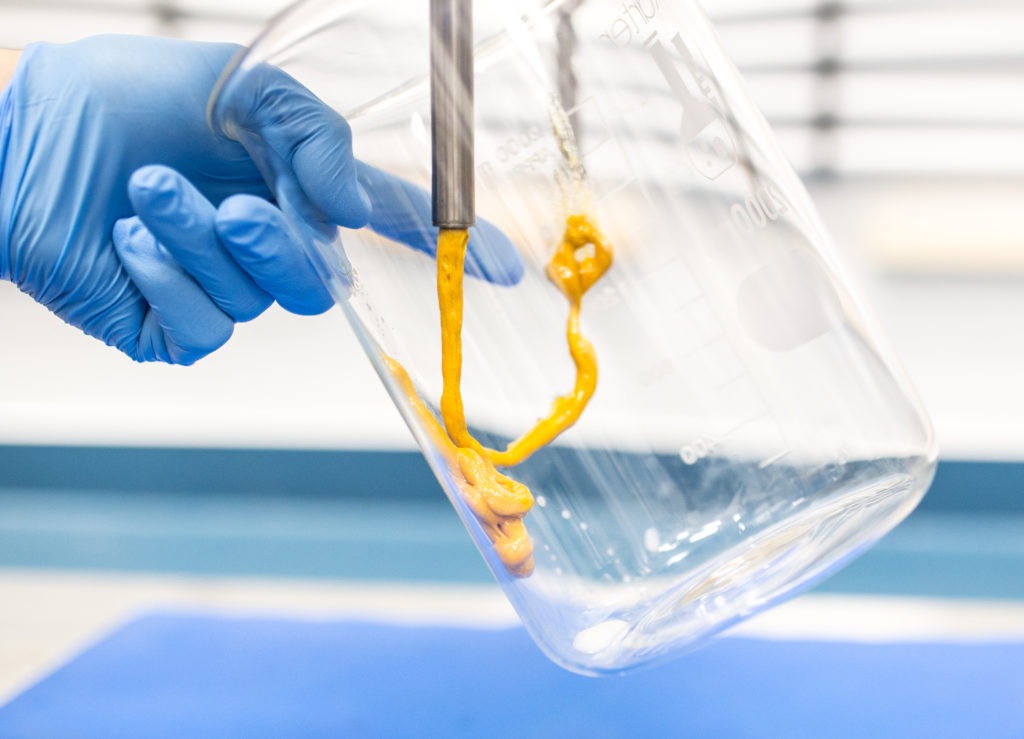
In these reactions, the combination of molecules is greater than the effect of the single molecules, resulting in a unique summation better-known as the “entourage effect”.
Through these varying interactions, cannabis gives us at least 500 bioactive compounds; and without some form of chemical manipulation, it is almost impossible to utilize any of them.
Extraction Best-Practices
The methods used to extract cannabis are as varied as the compounds themselves. Some techniques use only temperature and pressure, relying on mechanical force to ‘squeeze’ out valuable oils from the plant. Others rely on solvents to ‘pick up and transport’ the desired compounds from the plant material into another solution, which is then processed again to remove the solvent.
Extraction uses temperature, pressure, solvents, and time, all in a controlled manner, to access one or many of the cannabinoids, flavonoids, and terpenes present in cannabis.
Solvent Selection
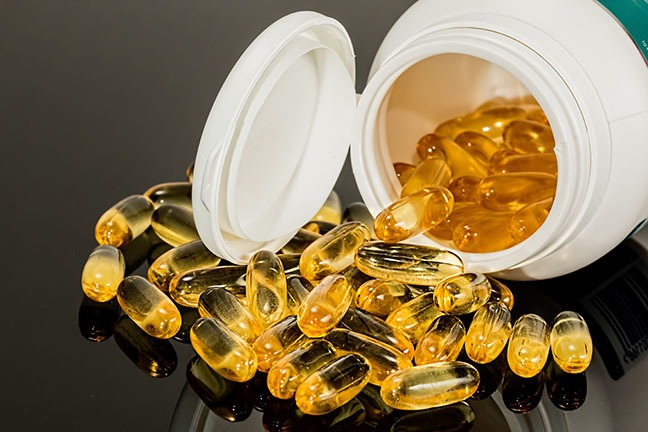
Solvent selection is extremely important, as some solvents are safe for consumption, and others can be hazardous if left in the solution, even in small amounts. Solvents that are efficient and easy to remove are the most favourable.
From Soil to Oil
Extraction results in a more concentrated product, which can be detrimental if the cannabis plant contains toxins or heavy metals prior to processing. Cannabis plants are able to draw up toxins from the soil, which can end up being concentrated in oil extraction. This is similar to the potential accumulation of mercury in fish, as fish oils are also concentrated into Omega capsules for human consumption. Much like quality fish is needed to produce quality fish oil, quality cannabis has the best chance of resulting in quality extracts. For this reason, extraction must be backed by rigorous scientific testing, undergo quality control from the start.
Preparation for Extraction
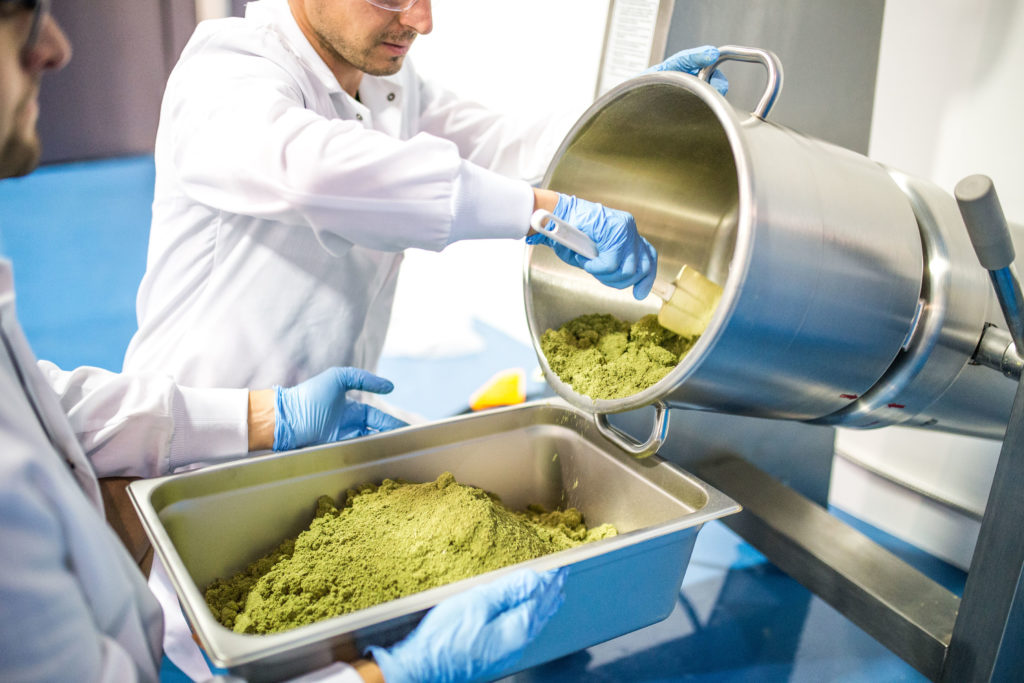
Having an even surface area on which the extraction can take place, allows for the solvents to be able to draw out every drop of oil. This results in the highest possible yields.
Pre-Processing and Decarboxylation
Another step that is critical in the extraction process is decarboxylation. Scientifically, decarboxylation is the removal of a carboxyl group in the acid precursors, TCHa and CBDa, resulting in the more soluble THC and CBD.
Decarboxylation sounds complicated, but it can be achieved by simply heating the plant matter, to activate desired compounds.
THC and CBD are better suited for extraction, but heat treatments can also result in the loss of valuable terpenes. Destroying fragile compounds or filtering out too much can lead to a product lacking complexity and quality. This is one of the many reasons why the method of extraction is important.
Post-Processing and Winterization
The method of extraction also determines the post-processing that may be required. Winterization is a step that often follows solvent-based extractions for the purpose of refinement. Winterization involves dissolving extracts in cold ethanol, to separate the unwanted lipids and waxes. After separation, the ethanol is then boiled off, leaving only the purified oil.
Environmental Control and Safety
Quality control is necessary for consumer safety, as well as the safety of employees and our environment. Using high temperatures and pressures, often in the presence of flammable solvents, is one of the main safety concerns. Stories of ‘exploding pot factories’ have shown up in the news too often, and are almost always the result of improper practices and non-certified equipment.
Extraction facilities must use equipment that is tested to meet safety requirements, and also be equipped with properly trained staff.
As processing equipment and facilities get larger, the risk also increases proportionally. Using closed-loop systems to prevent the loss of volatile compounds, with equipment specifically designed for extraction, is the best way to ensure a safe extraction process.
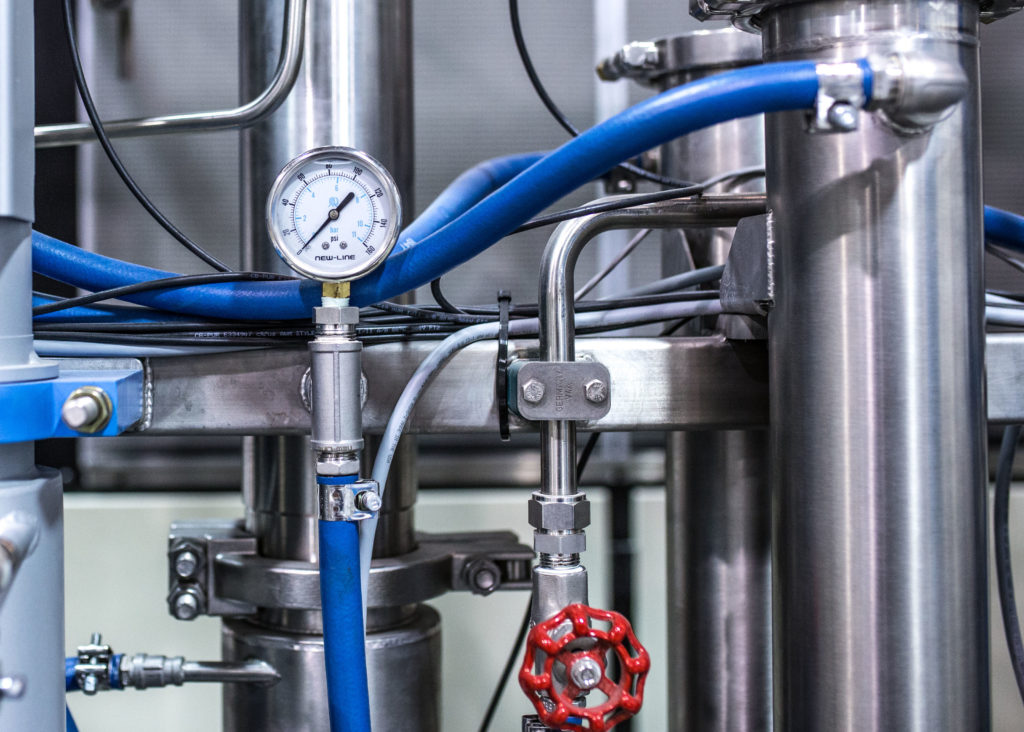
The Valens Difference
Valens is the largest third-party extraction company in Canada, multi-licensed to test, analyze and produce cannabis extracts for both medical and recreational distributors. We are the only company in Canada that can facilitate five extraction methods through customized proprietary technology, with further development currently underway. Large capacity, in-house quality testing, and diverse extraction offering is ultimately what sets us apart.
High Capacity
Valens has the largest capacity for cannabis extraction in Canada and is expanding at a rapid rate. From 4800kg in the beginning of 2018, to 240,000kg in early 2019 (and growing!), our processing capacity has increased by 5000% in one year alone*.
Our large offering of quality services has allowed us to sign multi-year service agreements with some of the biggest names in the industry, such as Canopy Growth, Sundial Growers, Harvest One, Speakeasy Growers, Tilray Canada, The Green Organic Dutchman (TGOD) Holdings, GTEC Holdings, and Organigram. It also gives us the ability to meet increased demands as more cannabis products enter the market, both in Canada and globally.
“A key element of that success is partnerships with companies like Valens who can offer the capacity, quality and expertise to help ensure we deliver on our ongoing commitment to meeting the increasing demand of the global medical and adult recreational cannabis markets.” –Greg Engel, CEO of Organigram
Multi-Licensed

Valens currently holds multiple licenses for the production of both medical and recreational cannabis extracts. These licenses included the ACMPR (Access to Cannabis for Medical Purposes Regulations) license, the NCR (Narcotics Control Regulations) license in 2017/2018, and the Health Canada Standard Cultivation and Processing License with B2B sales amendment under The Cannabis Act in November 2018. In addition to these licenses, Valens is also in the process of being licensed under the European Medicines Agency (EU GMP Certification).
Meticulously Tested
Every batch of extract that is processed by Valens labs is tested for purity and safety, which is especially important as capacity increases. To date there is currently no standardization in cannabis testing methods, allowing the opportunity for contaminated and over-processed oils to enter the market.
As the first ISO 17025 accredited laboratory for third-party cannabis testing, Valens offers quality and safety assurance to investors, businesses, and consumers. Together with industry leaders, Valens is working to elevate cannabis testing by establishing a trusted, global standard.
The Best Extraction Methods
We don’t believe there is one cannabinoid or terpene to ‘rule them all’. We also don’t believe there is a single best way of using cannabis. With the ability to select for desired compounds and ‘package’ them into numerous products, the natural next step for cannabis lies in the versatility of oil.
At Valens, we offer supercritical and subcritical CO2 extraction, ethanol extraction, hydrocarbon extraction, solventless extraction, and selective terpene extraction.
As the products of extraction are so diverse, there is no single method of extraction best-suited for every purpose.
Supercritical CO2 extraction, for example, is optimal for producing liquid oil extracts. These oils can be packaged into oil capsules, vape cartridges, and edibles. With the ability to combine processes and select for specific compounds, the beauty really is in the details.
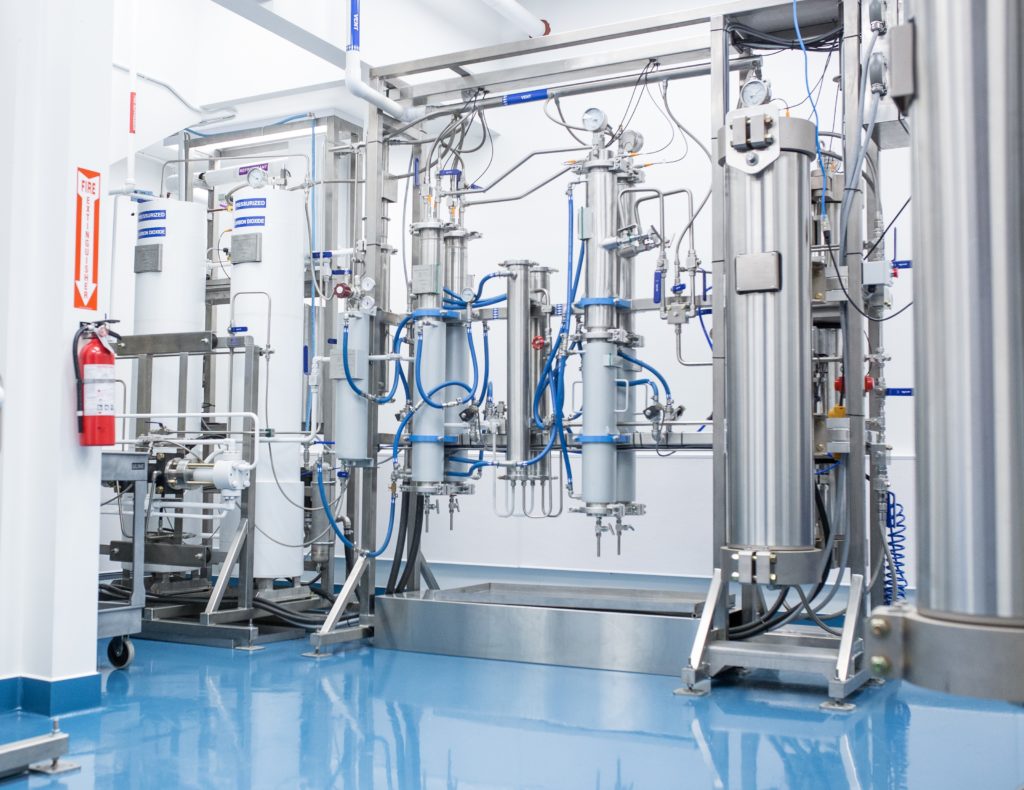
Pushing the Boundaries of Extraction
As a B2B operation, we know how important extraction economics is to our clients. By having the largest variety of extraction methods in the industry, we are able to extract the purest plant matter, both ethically and sustainably. Each step is purposeful, with meticulous testing and quality control guaranteed. At Valens, we believe that extraction is shaping what comes next, and are committed to setting and exceeding industry standards, both in Canada and throughout the world.
“The future of cannabis in Canada is coming and we are going to be at the forefront.” – Tyler Robson, Valens CEO
*Note: as of June 18th, 2019, our annual extraction capacity has increased to 425,000kg.
References:
- Lafaye G, Karila L, Blecha L, Benyamina A. (September 2017). Cannabis, cannabinoids, and health. Dialogues Clin Neurosci. 19(3):309–316.
- Medical Jane Contributors. (2019). Terpenes- Learn how terpenes work synergically with cannabinoids. Cannabis Education.
- Kawkwa, E. (April 2019). Optimization Study of Supercritical Fluid Extraction of Cannabinoids from Cannabis Sativa. Lab Roots Cannabis Sciences Virtual Event.
- Zou S, Kumar U. (March 2018). Cannabinoid Receptors and the Endocannabinoid System: Signaling and Function in the Central Nervous System. Int J Mol Sci. 19(3):833.
- Andre C.M., Hausman J.F., Guerriero, G. (February 2016). Cannabis sativa: The Plant of the Thousand and One Molecules. Frontiers of Plant Science 7:19.
- Jikomes, N. List of Major Cannabinoids in Cannabis and Their Effects. Leafly: Cannabis 101.
- Russo, E.B. (January 2011). Taming THC: potential cannabis synergy and phytocannabinoid-terpenoid entourage effects. British Journal of Pharmacology. Cannabinoids in Biology and Medicine, Part I. 163:1344-1364.
- Booth, J.K. (July 2018). Terpenes in Cannabis sativa – From plant genome to humans. Plant Science 284: 67-72.
- Girdhar, M., Sharma, N.R., Rehman, H., Kumar, A., Mohan, A. (December 2014). Comparative assessment for hyperaccumulation and phytoremediation capability of three wild weeds. 3 Biotech. 4(6): 579-589.
- Foran, S.E., et al. (December 2003). Measurement of Mercury Levels in Concentrated Over-the-Counter Fish Oil Preparations: Is Fish Oil Healthier Than Fish? Archives of Pathology & Laboratory Medicine: 127(12): 1603-1605.
- Supercritical Fluids Contributors. Cannabis Extraction by Supercritical Carbon Dioxide Selection and Preparation of Feed Stock.
- Royal Queen Seeds Contributors (August 2016). Why Decarboxylating Your Cannabis is so Important. Cannabis blog.
- Beal, K. (August 2019). Considerations in the addition of cannabis to chocolate. Current Opinion in Food Science. 28: 14-17.
- Rainey, R. (February 2019). New problem for legal weed: Exploding pot factories. Politico Employment & Immigration.
- Vitalis Contributors. (September 2017). Pressure Equipment Requirements in Canada for Extraction. Vitalis Extraction Technology.
- Government of Canada Contributors (March 2019). Narcotic Control Regulations. Justice Laws Website C.R.C., c. 1041.
- European Medicines Agency Contributors (2019). Good Manufacturing Practice. European Medicines Agency Sciences, Medicines, Health.
- Borchardt, D. (April 2017). Cannabis lab Testing is the Industry’s Dirty Little Secret. Forbes.
- Smith, B.C., Lessard, P., Pearson, R. (February 2019). Inter-Laboratory Variation in Cannabis Analysis: Pesticides and Potency in Distillates: Page 4 of 4. Cannabis Science and Technology – Advancing Research, Quality, and Education.
- Skolski, N. (October 2017). UBC and TRU team up to explore useful bio-products found in cannabis. UBC Okanagan Campus News.
*all references retrieved on April 8th, 2019
Looking for more information on extraction? Connect with us to learn more, or come find us at the Lift Expo 2019.


